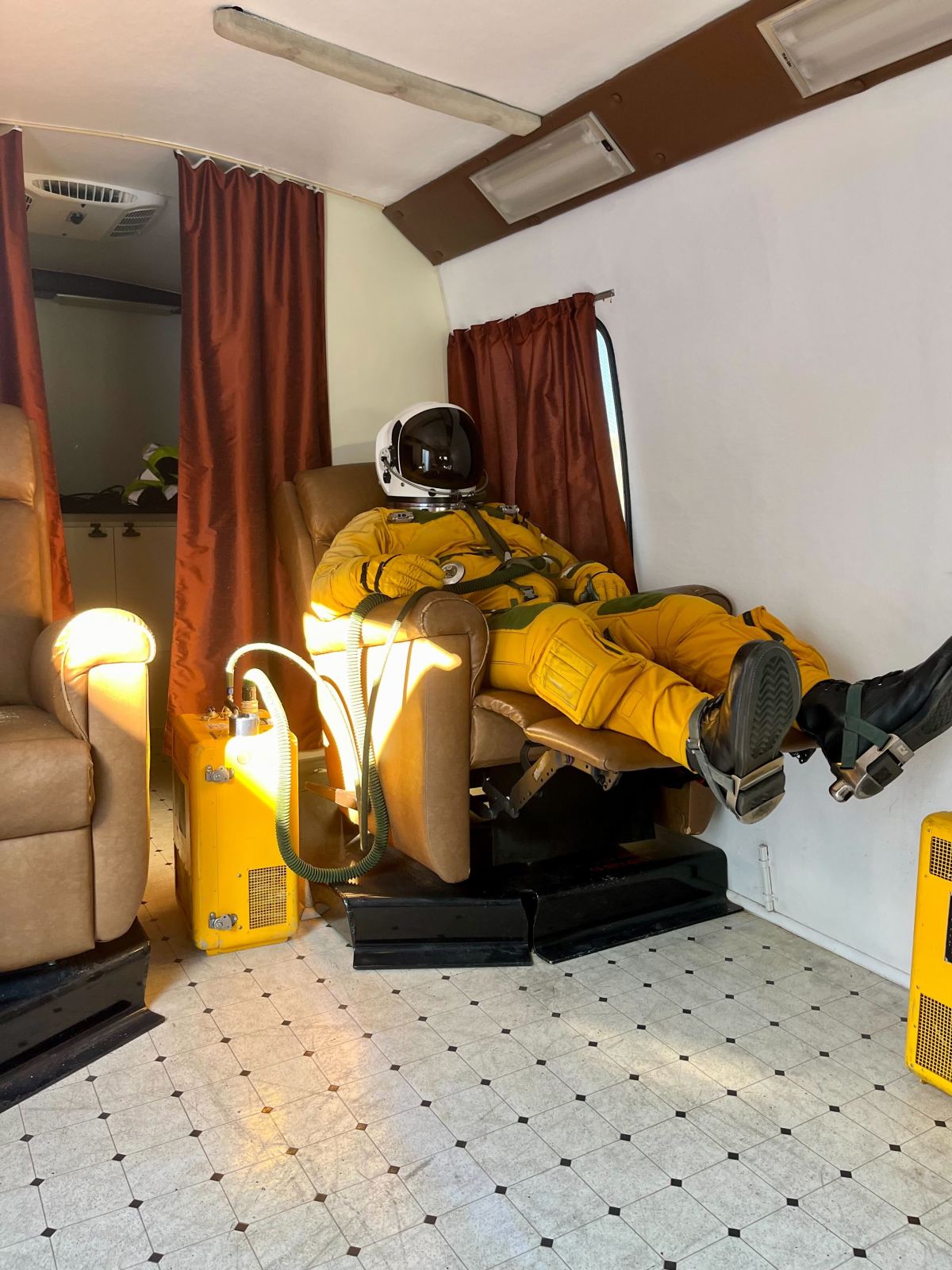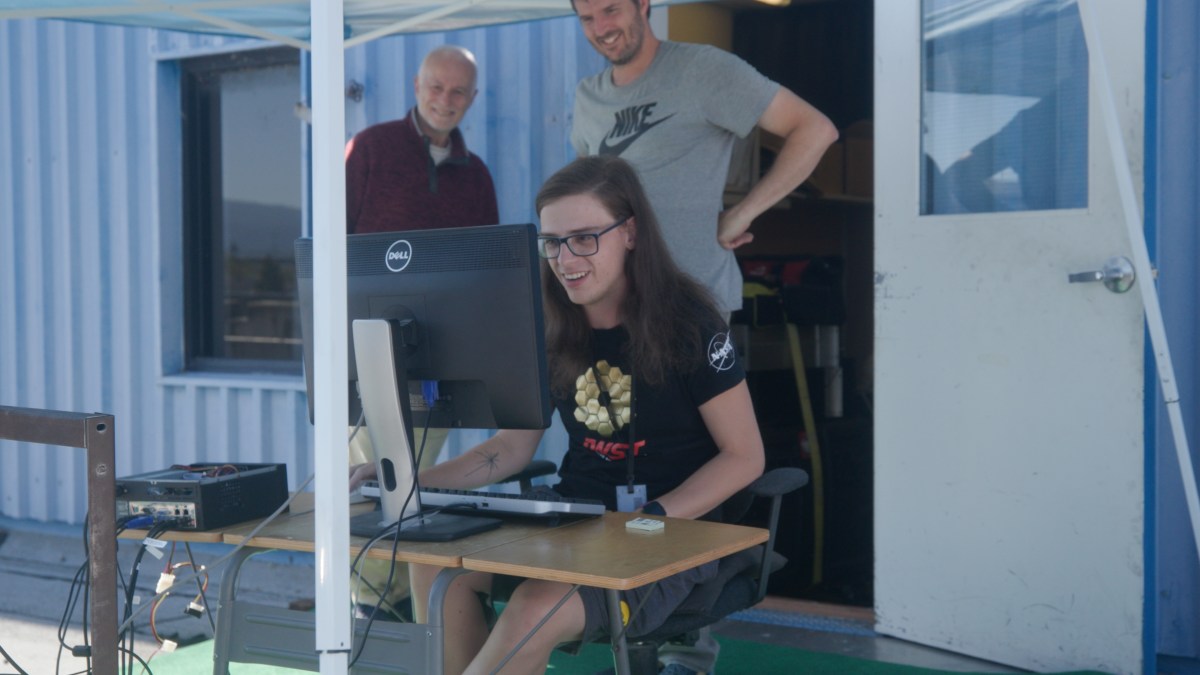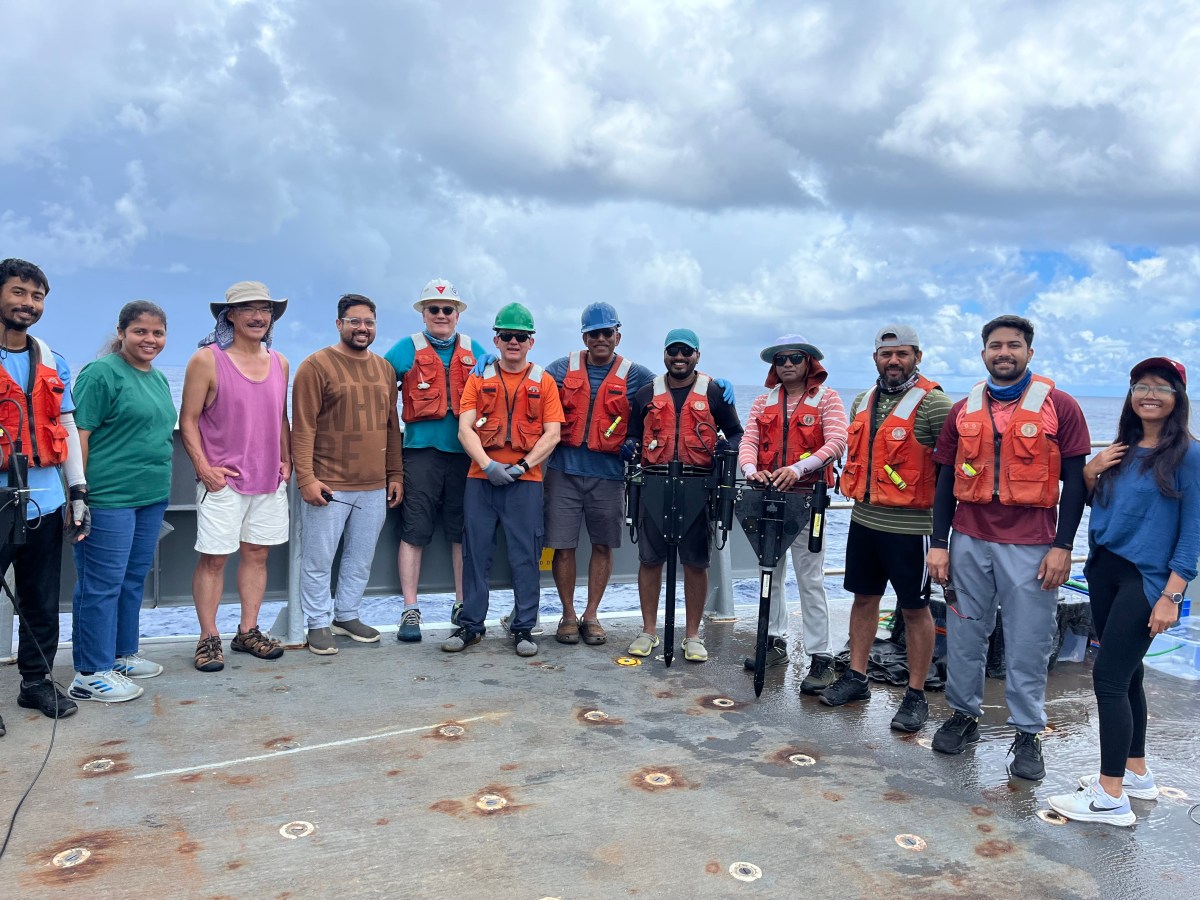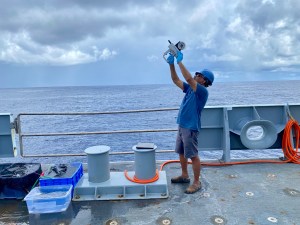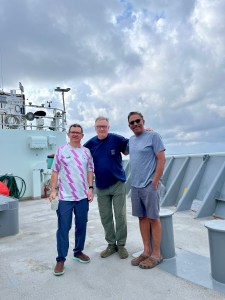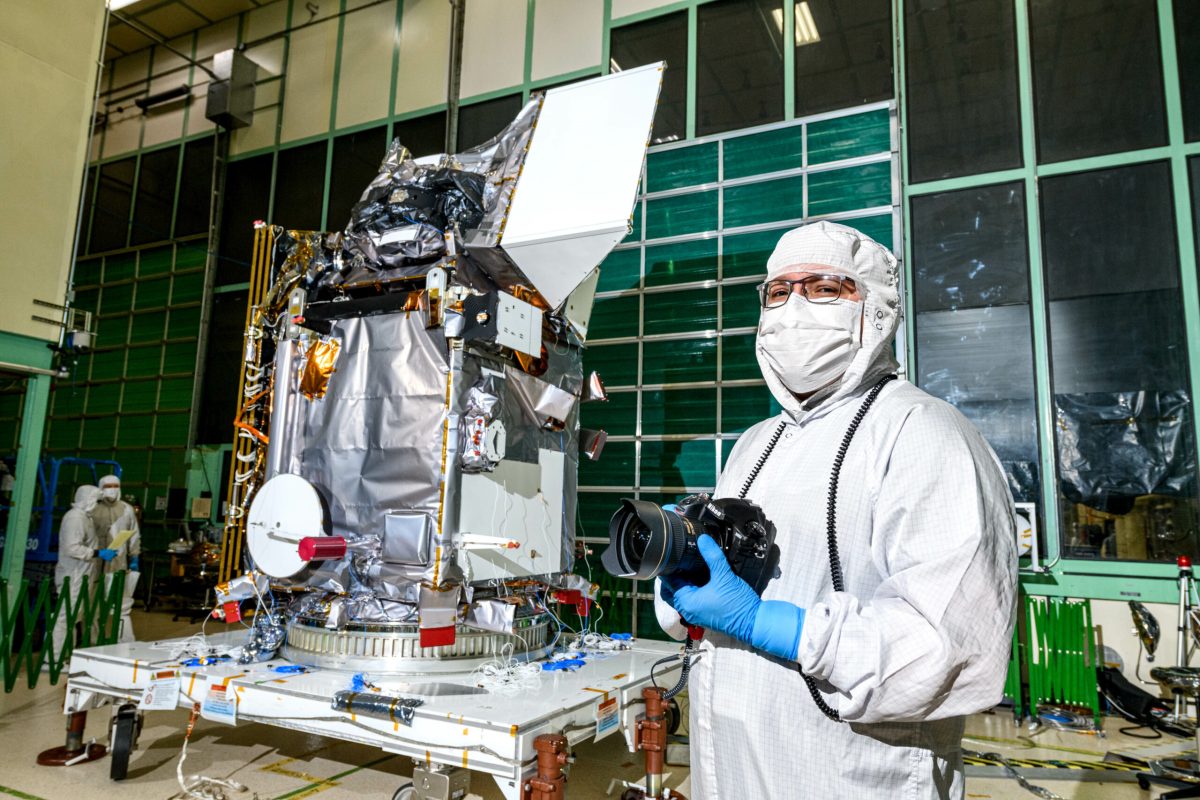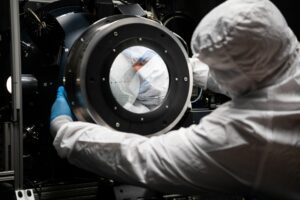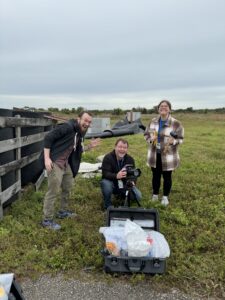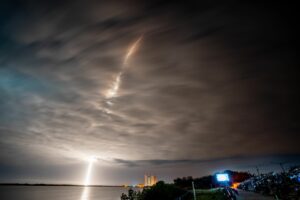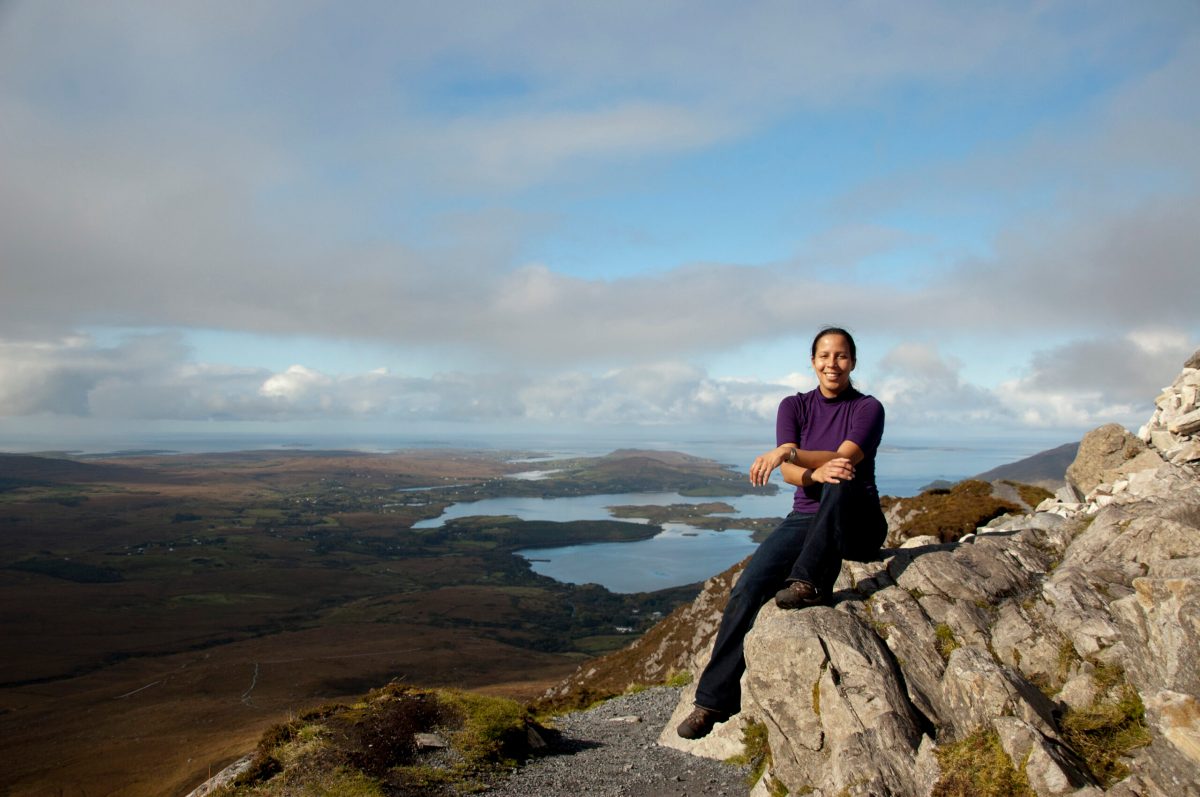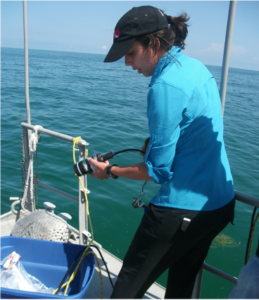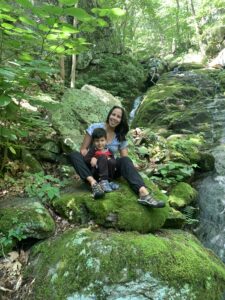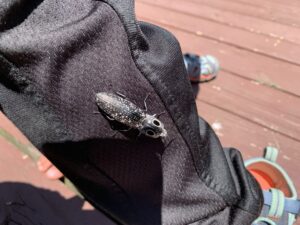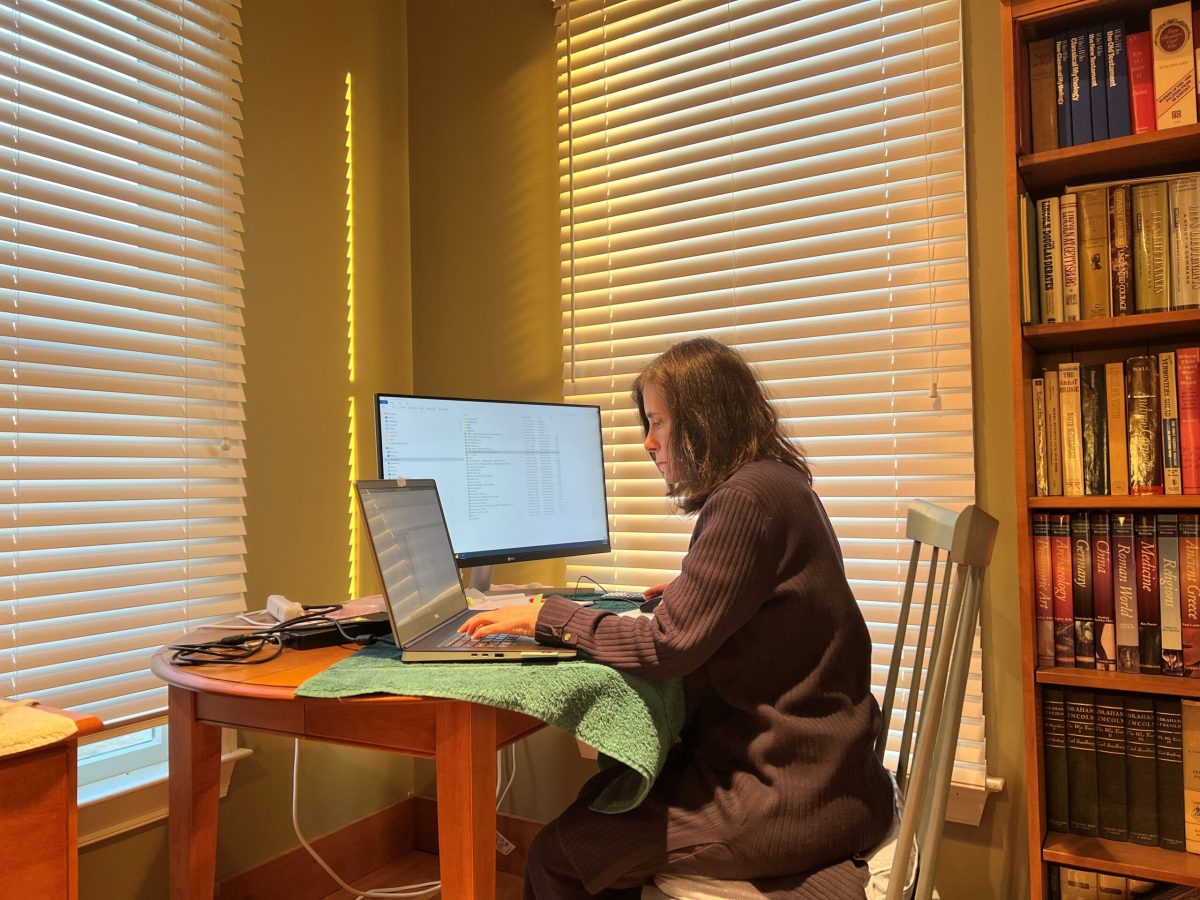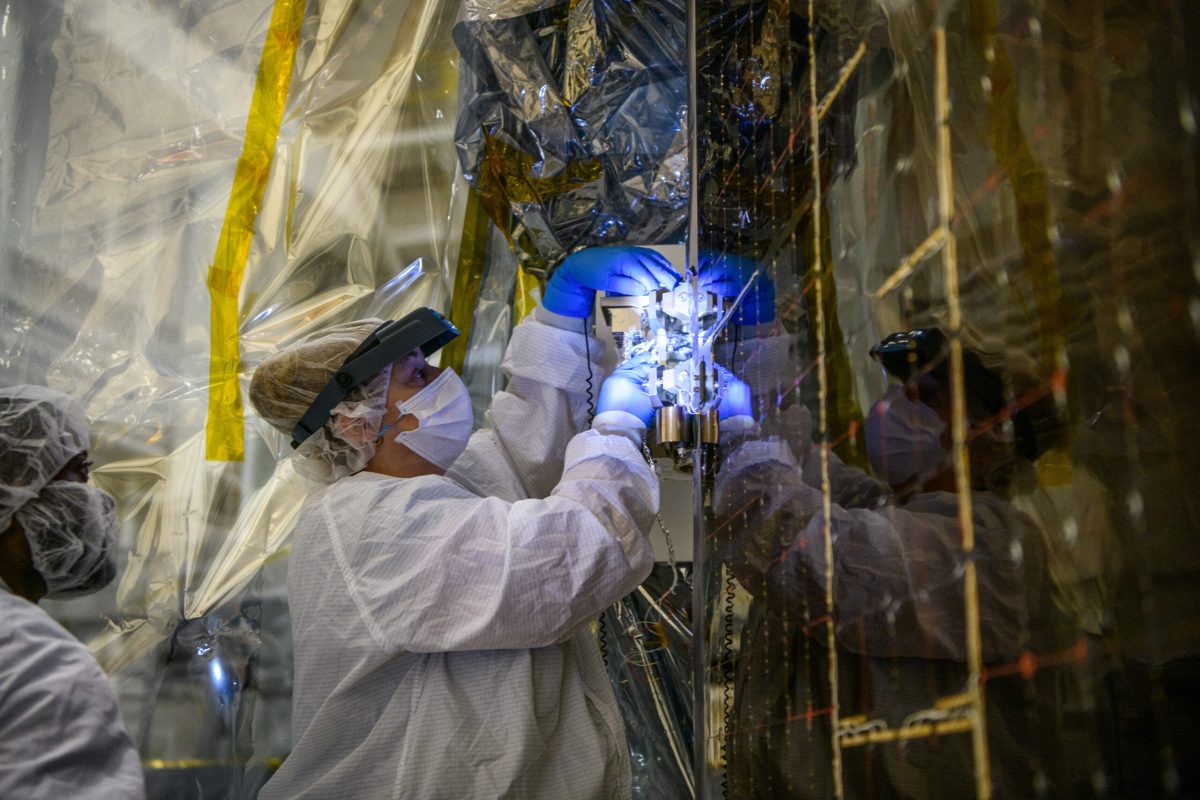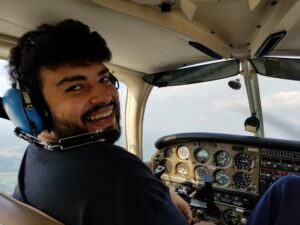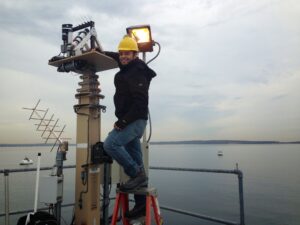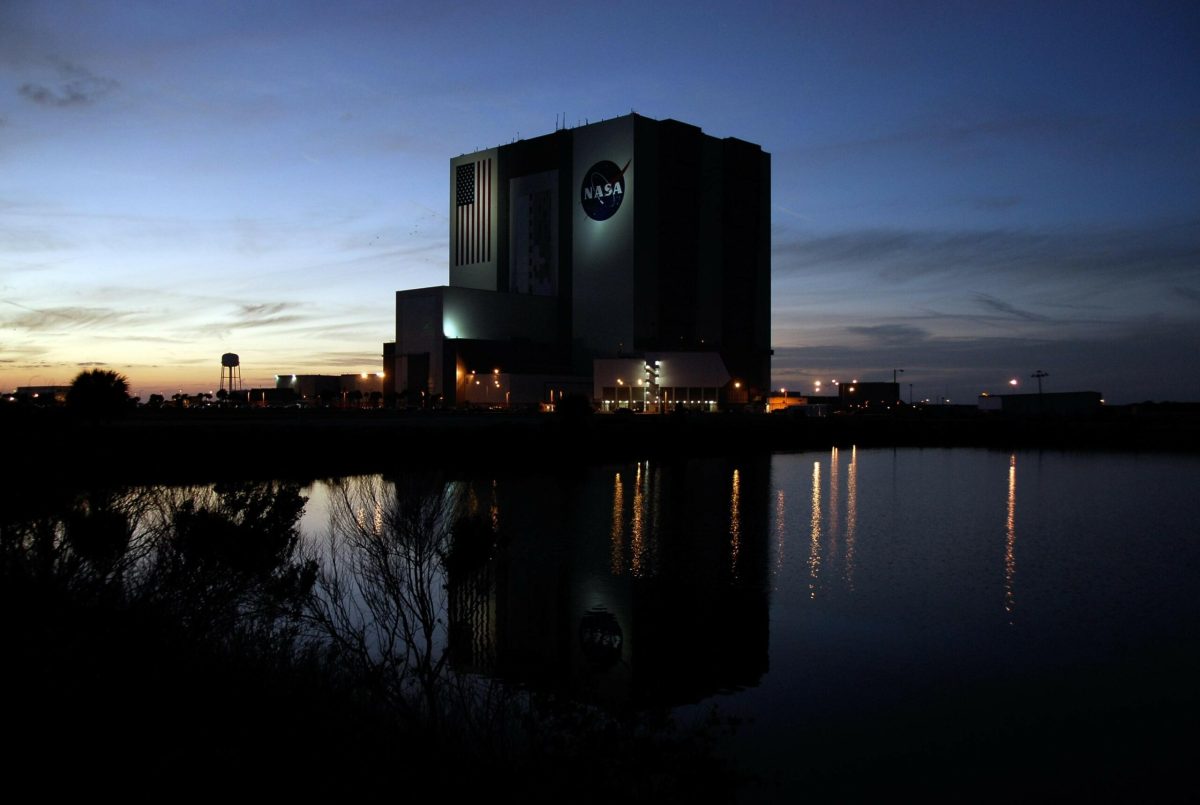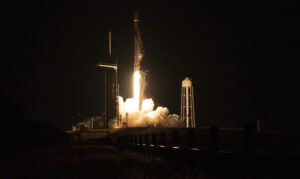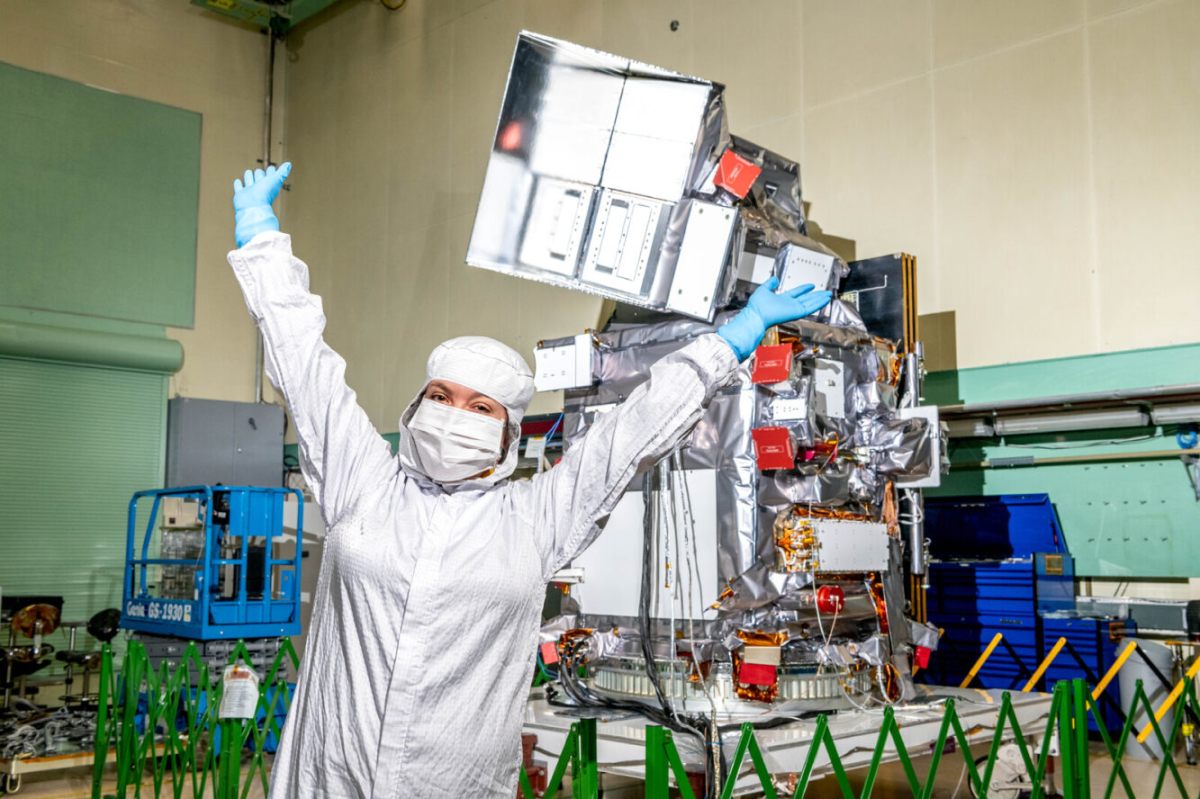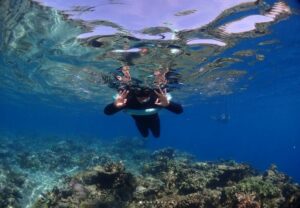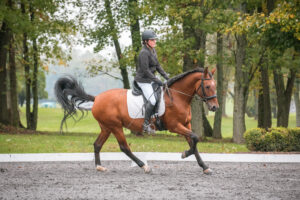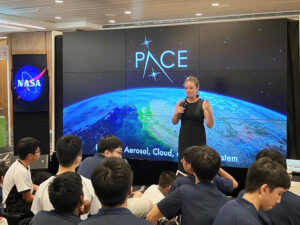Welcome to NASA’s Plankton, Aerosol, Cloud, ocean Ecosystem Postlaunch Airborne eXperiment (PACE-PAX). We’ve been talking about this validation campaign and now are finally here. “Here” being one of three main locations where PACE-PAX validation efforts are taking place: NASA’s Armstrong Research Center at Edwards Air Force Base, California. PACE-PAX uses the unique vantage point of the ER-2 aircraft to gather data on small particles in the atmosphere and ultimately help verify the data gathered by the satellite in orbit.
NASA’s ER-2 aircraft flies high in the sky — approximately 70,000 feet in altitude, where the pilot can see the curvature of Earth. At that high an altitude, pilots must be equipped with a uniform closer to that of an astronaut rather than a flight suit. In fact, while flying the ER-2, the pilot sports a pressurized suit that is essentially a spacesuit.
“The spacesuit is the last line of defense against the elements at altitude,” said Kirt Stallings, an ER-2 research pilot. “If the aircraft cabin lost pressurization the spacesuit would automatically inflate protecting the pilot from the elements and allowing them to safely recover the aircraft.”
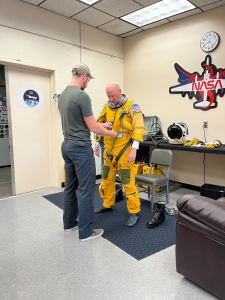
Each pilot has their own spacesuit, which is tailored and fitted specifically to them. Stallings has been a pilot for 36 years, 22 of which have been dedicated to the ER-2 aircraft. Beneath his green and yellow suit is a mesh of netting and tubing designed to keep him safe and cool while in flight.
The suit is bulky and heavy, which means that Stallings requires a team of two other people to help him dress; on this flight Mark Dowling and Andrew Reynoso, life support technicians, are on the job.
The process is rigorous and important. Dowling and Reynoso suit him up, starting with the full body suit, pulling it taught over his legs before lifting the metal ring set to hold the helmet over his head. They tighten straps, zip up boots, fasten gloves, and attach the helmet.
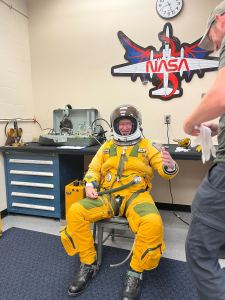
“Wearing the suit is a bit like being in your own world,” Stallings said. “It’s very quiet except for the sound of the cooling air and your breathing. Once I’m suited up it’s fairly peaceful.”
While it might seem like Stallings is ready to go, there are still several check points the team reviews. The life support technicians first run cooled oxygen through a hose attached to the suit — it can get hot quickly inside the suit, and they want to make sure the pilot is comfortable. They then run a series of checks, communicating with Stallings through a microphone in his soundproof helmet.
One of the main steps involves pumping the suit full of air — pressurizing it — to check the seals. Once the checks are complete, Stallings sits in a lounge chair, breathing in pure oxygen, to get rid of all the nitrogen from in his blood. This helps minimize the chance of decompression sickness – which happens when someone experiences large changes in pressure.
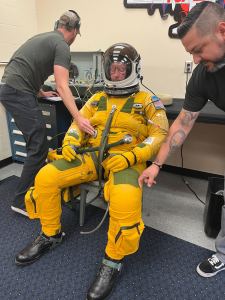
This is all taking place nearly an hour before takeoff. Stallings waits in a van until just before takeoff, where he’s then helped into the aircraft by technicians, strapped in, and prepares to take flight. He’ll spend the next several hours on his own following a precise route of flight to ensure the scientific objectives for the mission are met. Timing is critical for PACE-PAX missions as the aircraft must be perfectly aligned with the satellite passing overhead.
“The opportunity to fly the ER-2 is certainly something I don’t take for granted,” Stallings said. “The view is something very special. It’s humbling and never gets old.”
Header image caption: Stallings rests while he is driven to the landing pad where the ER-2 waits. Credit: NASA Goddard/Erica McNamee
By Erica McNamee, science writer at NASA’s Goddard Space Flight Center in Greenbelt, Maryland

